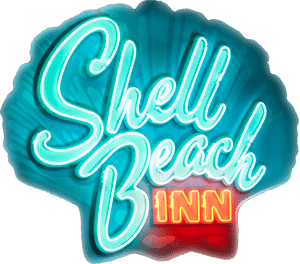Shell Beach was quite different 36 years ago, when it was nothing but pea fields. The area was the site of a Chumash village. Floyd Calvert bought and developed much of the land in 1926. He paid $45,OOO for 41 acres between the ocean and the highways.
When Calvert first visited Shell Beach there were approximately 50 residents in the area. Calvert sold lots in the area for as little as $195. A resident of Hollywood, Calvert was told about the area by a friend in 1925. When he first visited Shell Beach, there was only one street, Boeker Avenue, with a few cottages on it.
Calvert was struck by the beauty of Shell Beach and bought a portion of it. In January 1926, he opened offices in the area, hired seven salesmen and began selling land to persons seeking summer retreats from the hot valley. When the summer selling season was over that first year, Calvert had to close his offices. The depression, which was to hit hard in 1929, was already beginning to be felt. Then Calvert had to devise a new way to sell his land. He offered it for $5 a month. Even then it was hard to sell.
During the depression, Calvert, who had been a builder in Hollywood, lost all his property except for Shell Beach. He had such faith in this area he thought if he could hold on to this land, someday people would realize its worth.
It took Calvert 20 years to sell the first 456 lots on the Shell Beach land he owned. But shortly before and after World War II Calvert began to have more success selling lots. During World War II many soldiers had trained in California. They liked the climate and wanted to live in the area. It was then that Shell Beach changed from a resort area for residents of the San Joaquin Valley to a residential community.
When Calvert began to break ground for building houses he found skeletons of Indians who had died and were buried in the area. He also found bracelets of copper, arrowheads, spear head, and stone bowls, which had been used for grinding meal. Most of the Indian artifacts were found near the ocean between Placentia and Palomar Streets. Major archaeological sites have been noted in this area and that of Sunset Palisades. It was known as Oilport and was opened in August of 1907, quite different from today’s residential Sunset Palisades area. Built with investor funds, it operated for only one month.
The plant, built by California Petroleum Refineries Ltd., was to be the most modern on the West Coast. Nearly 2.25 million bricks went into the construction of the facilities. Financed primarily by investors, it cost over $2 million to build. It was to be the most complete refinery on the coast. It was set up to produce kerosene, gasoline, lubricating oil, and oil byproducts. The refinery existed until just after World War II, when it was finally torn down. The land was sold, subdivided and replaced with housing.

